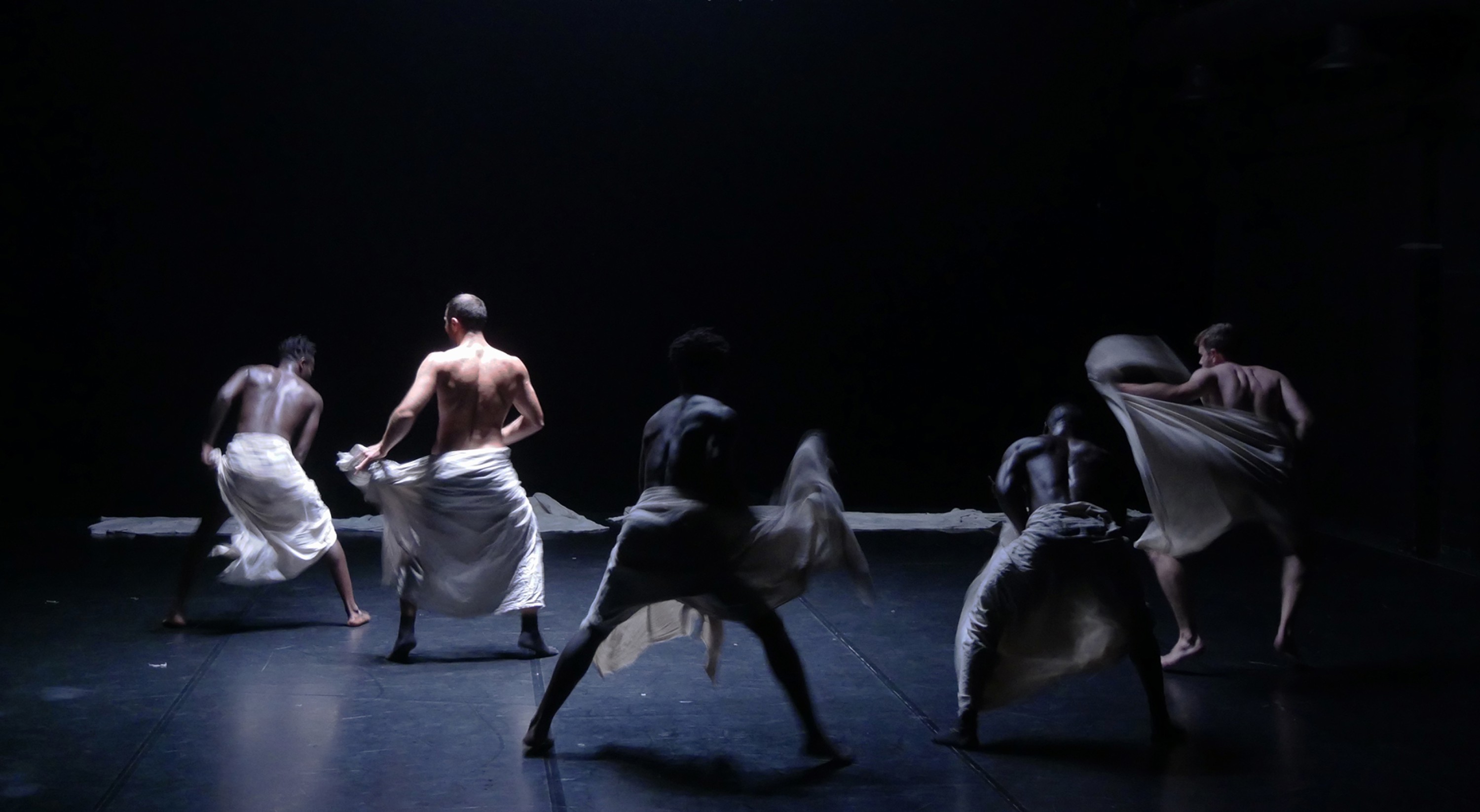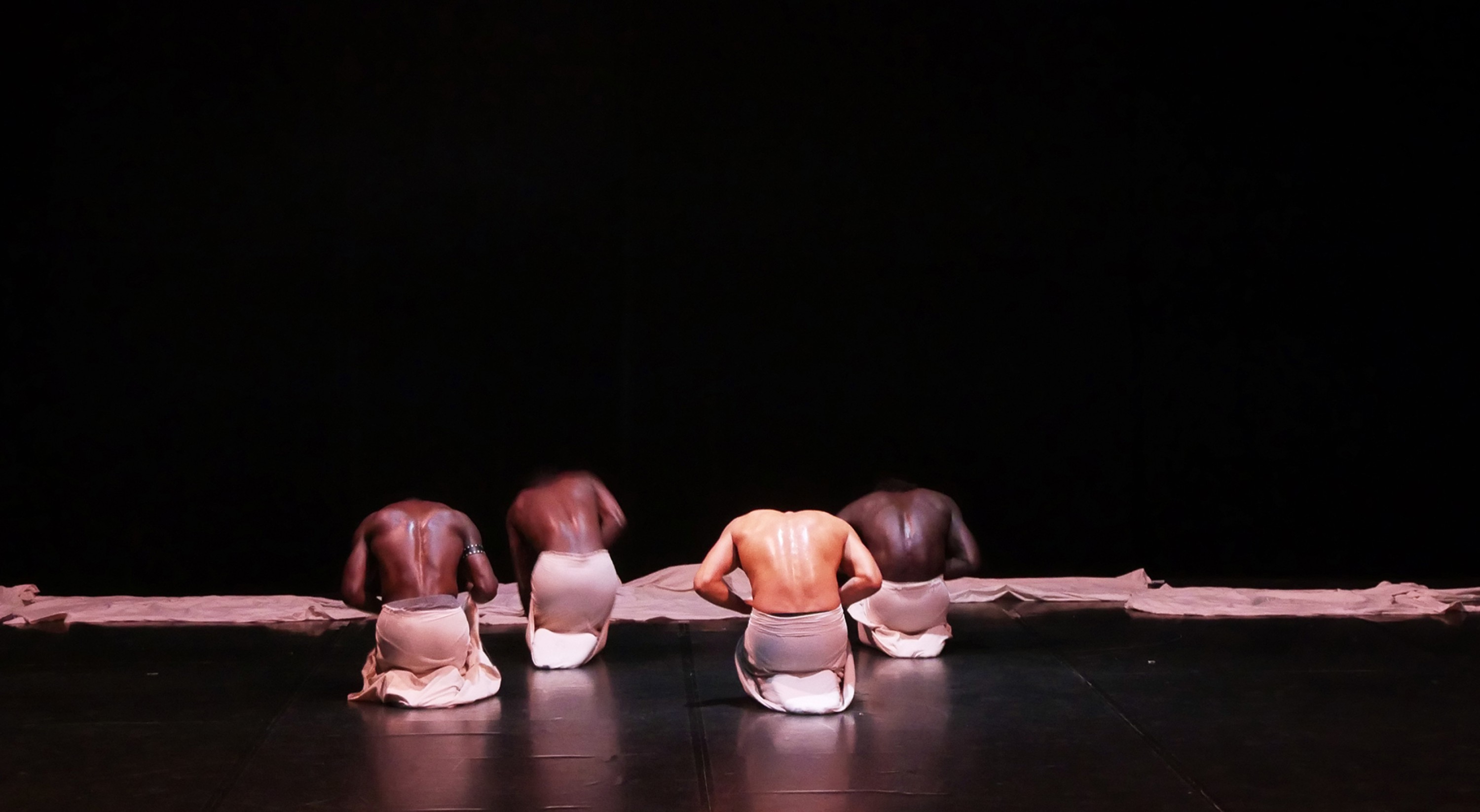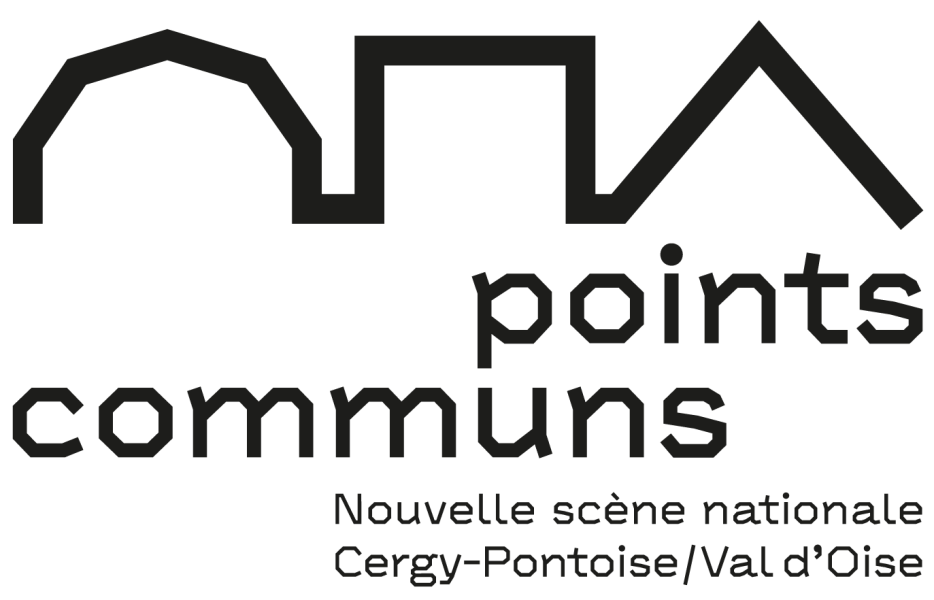Nadia Beugré
L’Homme rare Carte blanche - Indétachable
junejun 3 – 4
junejun 16 – 20
junejun 19 – 20
Concept and choreography, Nadia Beugré
With Nadim Bahsoun, Daouda Keita, Marius Moguiba, Lucas Nicot, Tahi Vadel Gue
Lighting, Anthony Merlaud
Exterior view, Faustin Linyekula
Produced by Studios Kabako
Coproduced by Kunstenfestivaldesarts (Brussels) ; Montpellier Danse ; CCN2 – Centre Chorégraphique national de Grenoble ; Centre chorégraphique national d’Orléans ; Musée de la danse – Centre chorégraphique national de Rennes et de Bretagne ; BIT Teatergarasjen (Bergen) ; Kunstencentrum Vooruit (Gand) ; Théâtre de la Ville-Paris ; and Festival d’Automne à Paris
In association with Théâtre de la Ville-Paris ; and Festival d’Automne à Paris
With the support from L’échangeur CDCN Hauts-de-France (accueil studio)
With the support from Adami
Event organized within the framework of the Africa 2020 Season with support from the Comité des mécènes : Fondation Gilbert et Rose-Marie Chagoury, Orange, Total Foundation, Axian, Groupe Sipromad, JCDecaux, Pernod Ricard, Sanofi, Société Générale, VINCI, CFAO, ENGIE, Thales, Thomson Broadcast et Veolia
Carte blanche : Indétachable
by Ange Gbadie
With Monne Dorine Doua, Anoura Aya Labarest, Lou Irie Tomini, N’Gnamien Christelle Ehoue
By means of an exclusively male quintet, Nadia Beugré defies the assignations of gender and the onward gaze of audience members alike. Drawing upon the shapes of urban dances which redefine the codes of virility, the choreography becomes a sensual, intense and critical one. In doing so, it pays homage to these men that stand apart from the rest.
Nadia Beugré has always used gender-related questions as the background to her work. For the first time, she poses these questions in a more direct, frontal manner. In L’Homme rare, she brings to the stage five dancers stemming from different choreographic horizons. She then brings into question its masculinity, going from their supposed bodies to the qualities of movement we attribute them with. In order to deconstruct them, the choreographer embarks on a process of the overturning and neutralisation of these gender-related codes, beginning with movements of the pelvis, kidneys and buttocks that form part of certain urban dances. Perched on high heels, and with their backs to the audience, the performers use flowing, wave-like movements in order to re-orientate the gaze of the spectators who, freed from their habitual filters of perception, can observe themselves as they watch. Questions raised on the subject of their voyeurism then summon up the wider issue of all our guilty gazes. Whether it is a matter of the commodification of these bodies or the usurped superiority of the observer over the executor, Nadia Beugré dismisses all the domination-related attitudes at work behind our gaze. In order to counter its discriminatory effects, this latest creation brings to the forefront those elements of our visual unconscious that constitute the foundations of the colonial and male gaze. L’Homme rare, a place where differences and individual liberties can find their expression, offers a choreographic counterpoint to the ideology of the standardized, idealized body which is prisoner to the social norms that format it.
See also
In the same place



